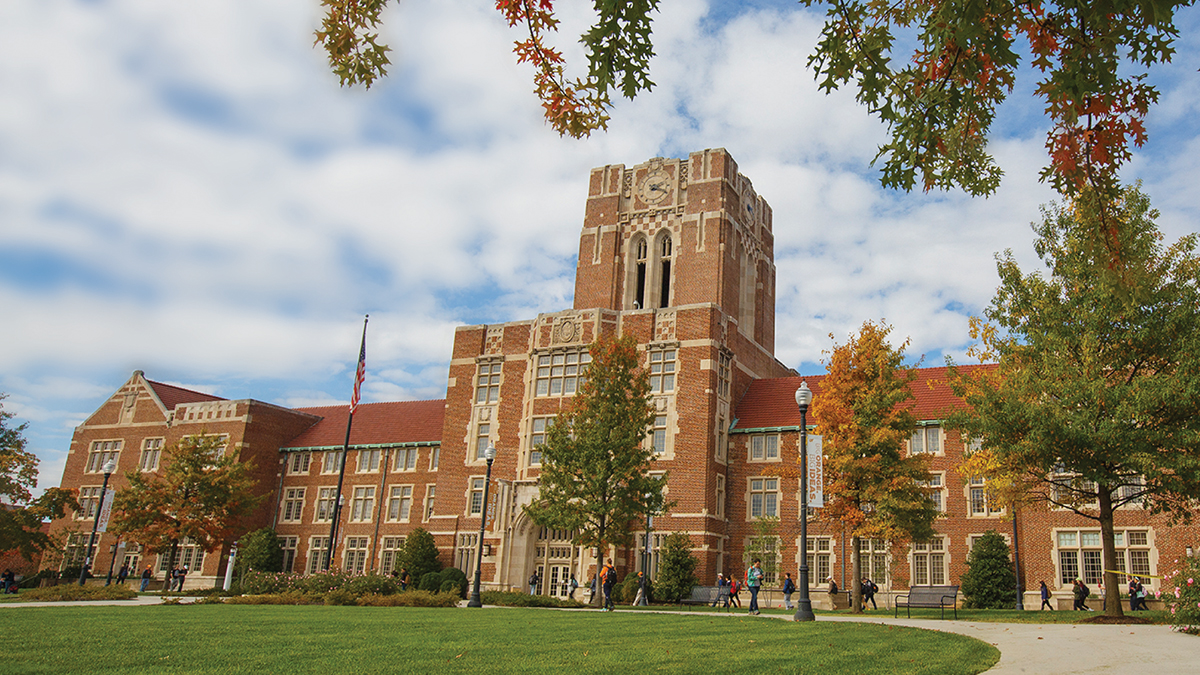The University of Tennessee, Knoxville has renamed two dormitories after Black civil rights leaders in the state, honoring how their “fight for equity and social justice transformed the state’s higher education system and the university.”
Desegregating Higher Education
Rita Sanders Geier, a Memphis native, was a faculty member at the Tennessee State University (TSU) when she, alongside four other plaintiffs, sued the state of Tennessee in 1968, accusing it of maintaining two separate higher education systems.
While Tennessee abolished the prohibition on black attendance at traditionally white collegiate institutions in 1960, Geier asserted that the state did not meet its obligations to dismantle the segregated system simply by eliminating racial barriers to admission.
The case spanned several decades but eventually produced the Geier Consent Decree in 2001. This included increased funding to improve the facilities at TSU and create scholarship programs to increase African American enrollment in other public universities within the state, including the University of Tennessee (UT).
A consent decree is a settlement that resolves a dispute between two parties without admission of guilt or liability. The Geier Consent Decree was lifted in 2006.
UT’s First Black Undergraduate Student
When Theotis Robinson applied to UT in 1960, he made an effort to conceal his race to the admissions office. However, the school eventually found out.
Robinson was poised to enroll in Knoxville College in 1960 when he saw an article in the Knoxville News Sentinel with a list of grievances Black residents had. The first of the eight items stood out to him in particular: “We cannot attend the University of Tennessee as undergraduate students.”
Robinson decided to defer his enrollment at Knoxville and send an application to UT. His request was denied, which began his lengthy fight to be admitted to the university. He requested a meeting with the UT admissions office, and later moved to a meeting with the then-university president, Andrew Holt. In turn, Holt presented the matter to the university board of trustees, where Robinson’s application for admission was finally approved.
Robinson was joined by two other Black students, Willie Mae Gillespie and Charles Blair, in fully desegregating the university in 1961.
Throughout his lifetime, he continued to be involved in politics. He had already been a part of the lunch counter sit-in movement during his senior year of high school and he became the first Black person since reconstruction to be elected to the Knoxville City Council.
In addition, he returned to UT to serve as a political science lecturer and later, the UT System’s vice president of equity and diversity from 2000 to 2014.



